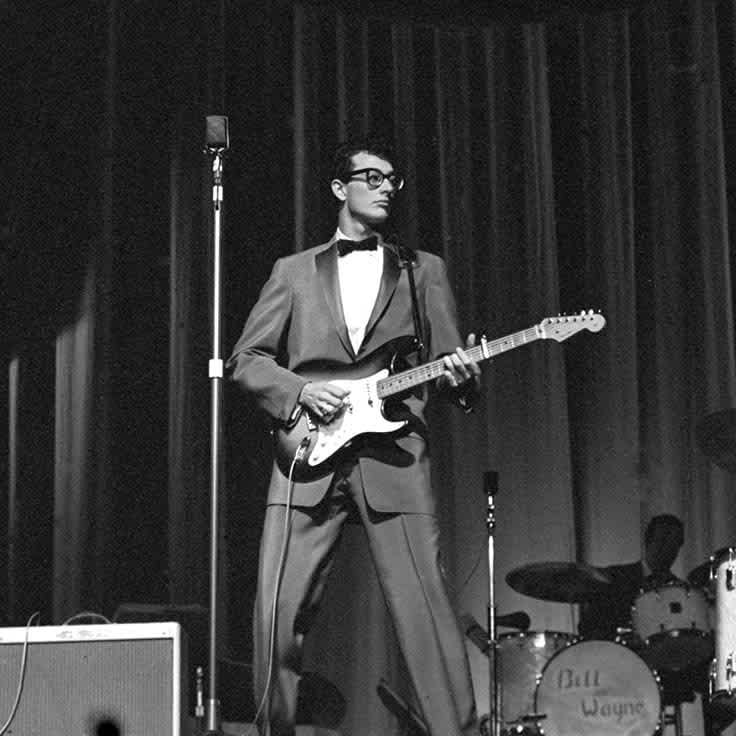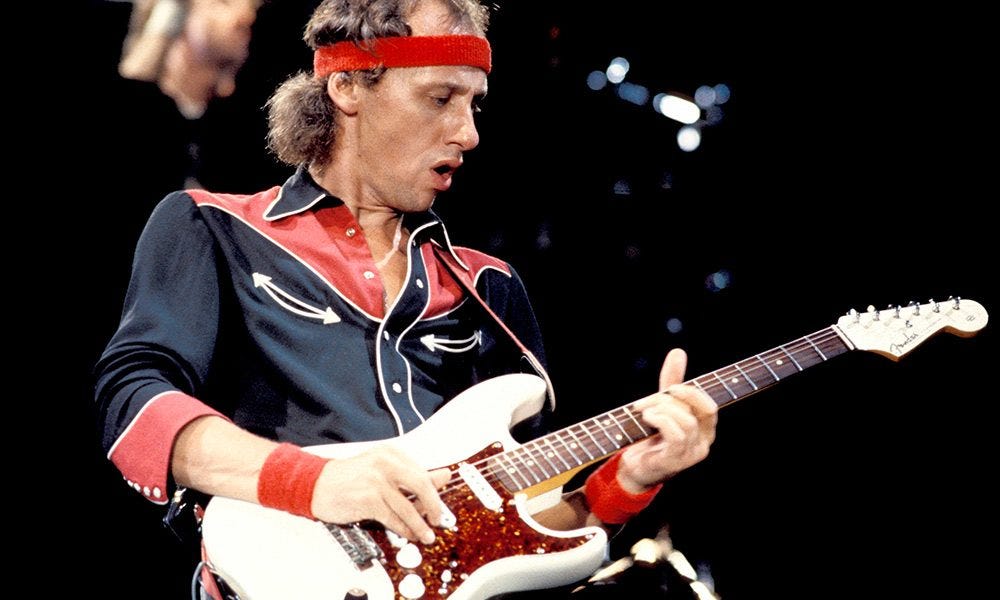The Guitar's Future: A Conversation with Fender EVP Justin Norvell
You just can't kill the guitar
As I was chatting with Fender’s EVP Justin Norvell, I was caught off guard by one of his comments: “There isn’t necessarily congruence between the guitar’s cultural dominance and actual sales. In fact, guitar sales were at an all-time low in the 1980s.” Guitar sales were at an “all-time low” in the 1980s? I assumed the low had to be today. The guitar isn’t as prevalent in the pop world as it once was, right?
Wrong. Over a half hour, Norvell showed me how with the rise of home recording and digital gear, the guitar is probably more popular than it has ever been. No, there aren’t face-melting solos heard across the pop charts, but the guitar is still as vital as ever. Check out the rest of our conversation below.
In a 2020 interview with Guitar.com, you said the following: “From the late 60s to the early 90s, electric guitars were based in riffs and virtuosic solos. Over the last 15 years, the guitar (in lockstep with the rise of the pedal industry) has become more and more of a textural instrument in many genres.” Do you think this shift is the biggest change you’ve seen in the guitar world?
Yes. The guitar is as vital and as relevant as ever. It's just expanded its vocabulary. For a long time, the guitar was viewed as an instrument you wrote riffs on. And that was a glorious thing. I actually play and still write riffs all the time. But the idea that the guitar could be more than that has crept into a lot of genres to the point where you might not even realize that certain bands are guitar bands. It’s more of an ambient instrument.
I think what led to this was the improvement of digital technology. A decade ago, digital amps and effects were quite nascent. Everybody saw what it could be. It was flexible and convenient. But it just didn’t sound like a tube amplifier or an analog pedal. But over the years the technology has improved enough where sometimes you can’t even tell the difference.

Fender has always been on the forefront of technology. In the 1950s, you had people playing these big, hollow-body electric guitars in jazz. Then Fender came along with this new guitar and new sound that rock artists like Buddy Holly adopted it. They were able to differentiate themselves with this new tool. Because the guitars were solid body, you could turn them up louder. In other words, these technological advancements help advance music itself. That’s how we view this shift to digitization and more vibe-based guitar work.
So, you think digital effects have finally caught up with traditional amplifiers?
Yes. There are still a lot of purists, but we work with a ton of players who are meticulous about their sound, like Joe Bonamassa and John Mayer. They unapologetically use digital equipment these days. That was not the case 10 or 15 years ago.
This is your 30th year working at Fender. Tell me a bit about how you got started there and why you’ve stuck around. 30 years is a long time. In fact, you’ve been working there every year I’ve been alive.
I started by writing songs and playing in bands in Arizona. At the time, that area was a bit of musical hotbed. There were lots of things going on. Bands were getting signed. I got a day job at Fender in customer service while I was playing. In customer service, you have to know about 60 years of instruments. So, I got to learn a ton about the company and their instruments. From there, I moved into product development and design where I got mentored by some people who had been at the company for decades.
From there, I sort of fell in love with the job and left my performing life behind. I just wanted to keep improving and celebrating these guitars. Part of the way we would do that was by paying attention to how guitarists were modifying their instruments. Like we would see how Kurt Cobain put two humbuckers in his Jaguar and mess around with that ourselves.

Fender has been doing that for decades. The earliest Fenders, for example, had three-way pick-up switch. But we noticed that guitarists started putting the switch between pick-ups. This led to the iconic tone of “Sultans of Swing,” “Yellow Ledbetter,” and many other songs. But that feature was not marketed. Eventually, Fender caught wind of this and started building their five-way pick-up switch. We’ve always tried to honor our past but not be a nostalgia brand. We want to remain relevant with whatever guitar players are doing.
That’s interesting given how guitarists can often be purists about gear.
That’s why we have a vintage-modern bisection. We celebrate the vintage. We perfectly replicate our older models. But we still need to evolve. Between 1954 and 1959 our founder Leo Fender changed the design of the Strat five times. That’s our heritage. We can revere the iconography and still push forward.
Did you ever get a chance to meet Leo Fender?
I did not. But I worked under many of the people that worked with Leo. Basically, in the 1970s, Fender got sold to CBS. That was sort of the nadir of the brand. Then this guy named Bill Schultz bought the company. With the revered guitar designer Dan Smith and other people like George Fullerton, both of who worked with Leo, they revived the brand. There’s a lot of continuity at the company.
My first guitar was a Squier. Now, I have a Strat. (I also have a Les Paul. I can’t tell a lie.) But I noticed that Fender recently launched their Standard series, which seems to be somewhere between the beginner Squier level and the premiere Strat level. What was the goal with this new offering?
Fender wants to have offerings for players in every level of the price band. We have our most affordable guitars for less than $200 up to our custom guitars, which you can spend thousands on. Over time, there started to be a huge gap between these models. You’d have to jump $400 to $800 to upgrade. The Standard provides something for that person who wants to move on from the Squier line but isn’t ready to spend $800.

I want to dive into a few trends in the guitar world. First, guitars were associated with superstar musicians for decades. I assume a big piece of Fender marketing was connected to the fact that Eric Clapton and other legends played a Strat. As hip-hop and EDM have gone mainstream, the guitar has a less central role in the pop world. I know Fender still has signature lines in partnership with contemporary guitarists, but are superstar artists less important to marketing than they were 30 years ago?
That’s a great question with an interesting answer. There isn’t necessarily congruence between the guitar’s cultural dominance and actual sales. In fact, guitar sales were at an all-time low in the 1980s. I think part of the problem was that virtuosic shredding seemed out of reach for most players. Our research shows that most players these days are hobbyists. I think as recording has been democratized, the guitar has become a more vital tool. We’re selling more guitars than ever before these days because of that. Lots of musicians will have a cheap home setup with an MPC, MIDI keyboard, and a guitar.
Keep reading with a 7-day free trial
Subscribe to Can't Get Much Higher to keep reading this post and get 7 days of free access to the full post archives.


